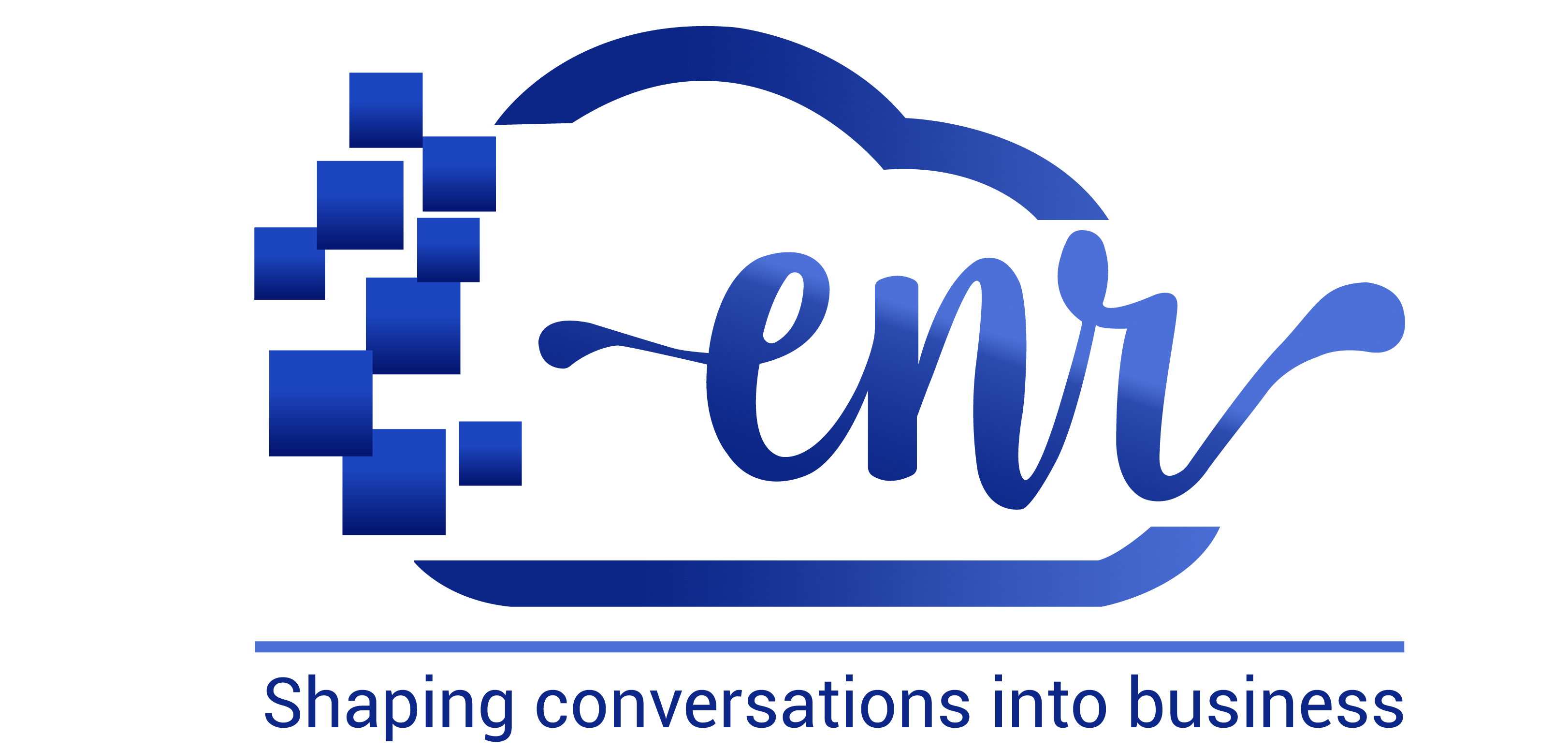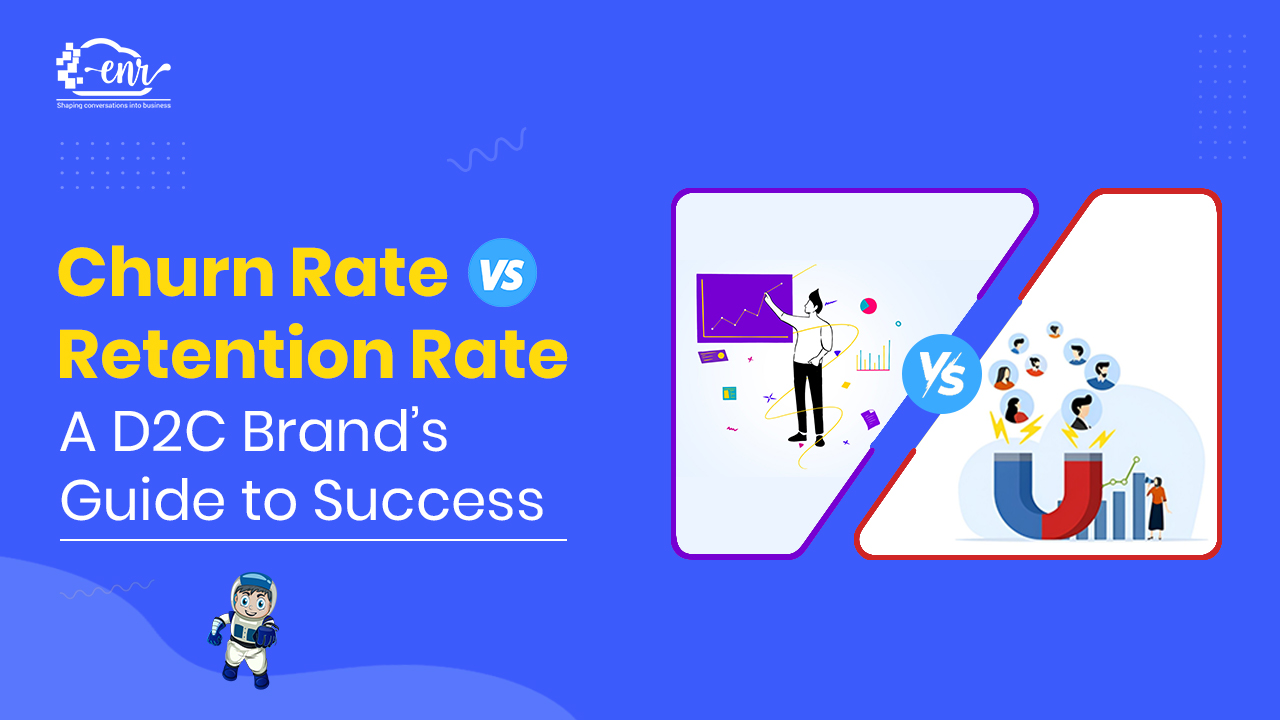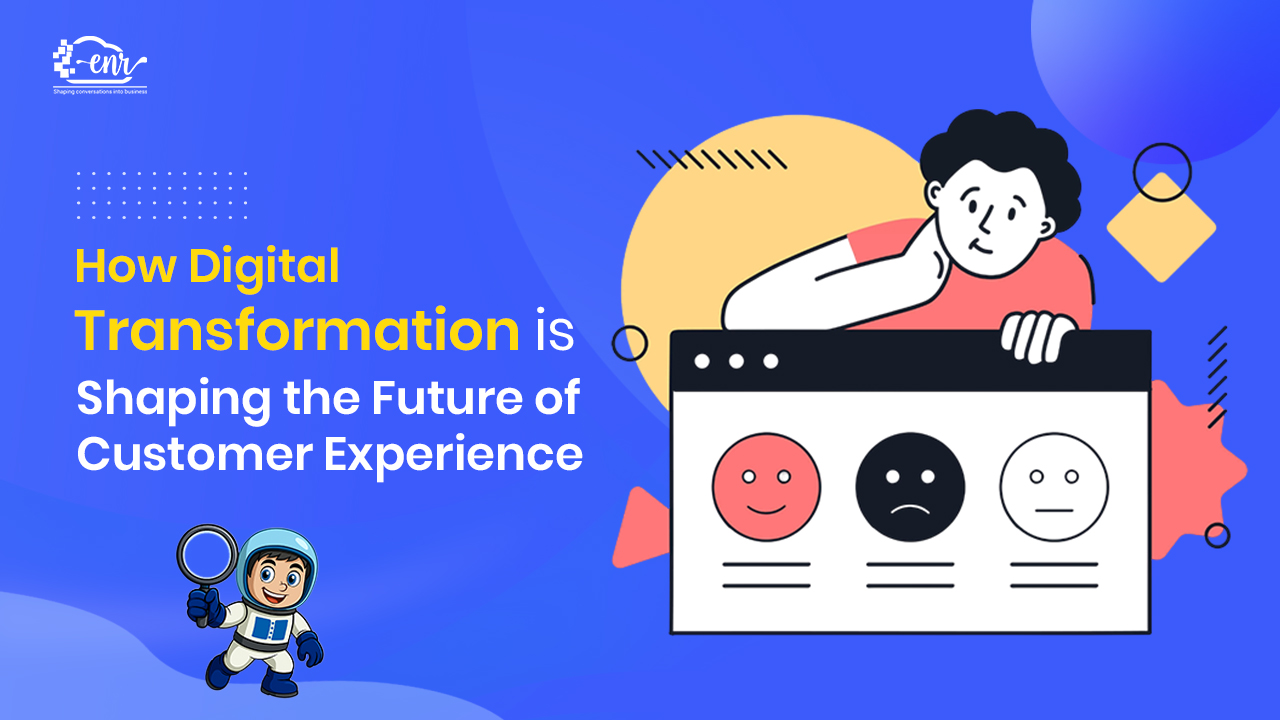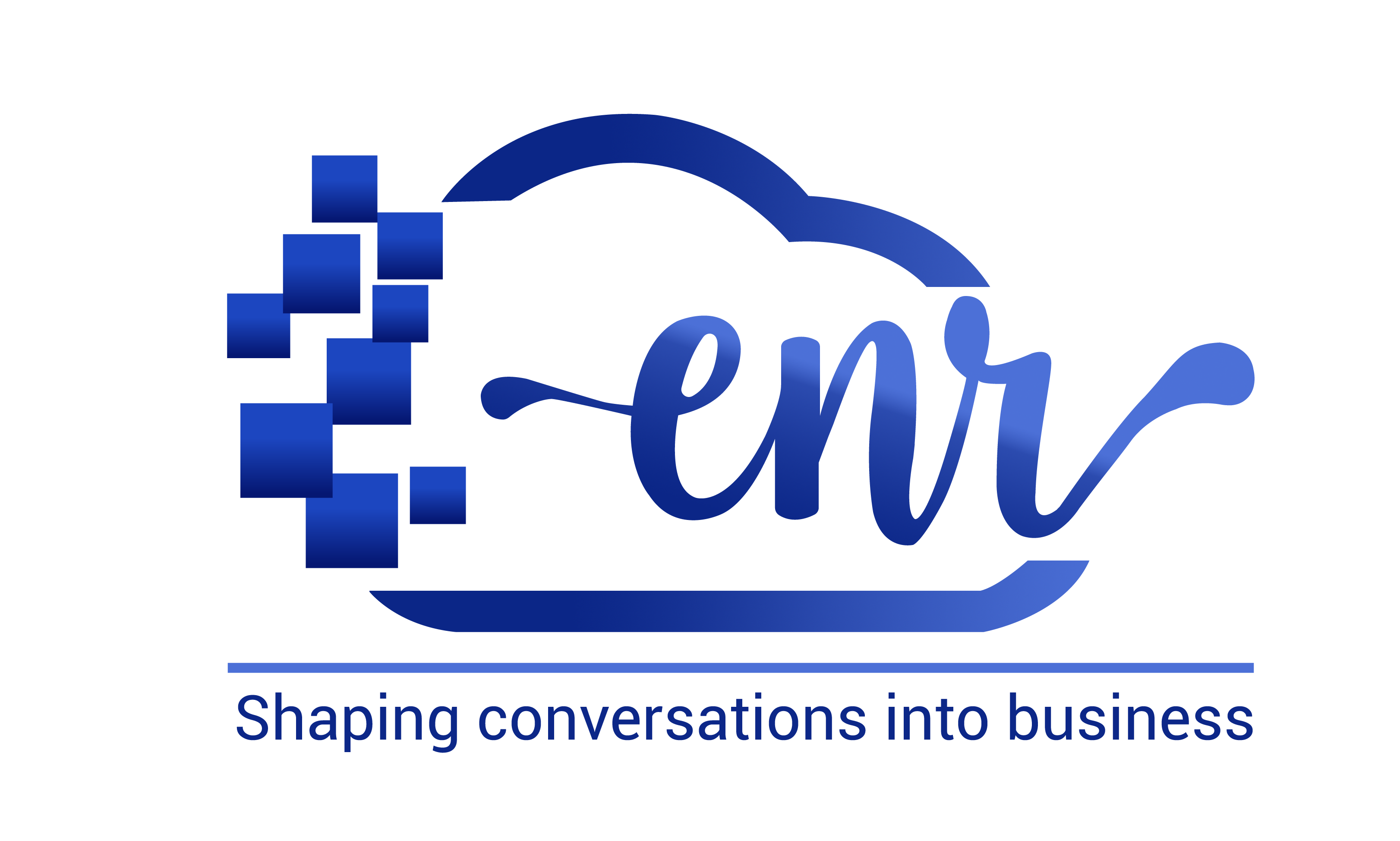For a Direct-to-Customer (D2C) brand, churn rate and retention rates are two important metrics for measuring success. The churn rate vs. retention rate for D2C brands is two sides of the same coin and indicative of how much the customer loves the brand. A high retention rate signals brand loyalty and customer satisfaction, i.e., the customers are coming back for more. Conversely, a high churn rate means that marketing strategies are not working as planned, there is dissatisfaction in the product, and poor product-market fit, i.e., you are losing customers.Â
In the guide below, we will delve deep into churn rate vs. retention rate, the industry benchmarks, and what is considered a “good” churn rate for D2C brands.Â
Table of Contents
ToggleWhat is a churn rate?
A churn rate for D2C business is the percentage of people who leave the business (product or service) in a given period of time. It is also called as attrition rate and indicates how many customers stay with you or want to stay with you. The higher the churn rate, the more difficult is sustainable growth. Churn rate can be anything from opting out of a subscription service or non-renewal of a contract, or boycotting a brand or choosing a competition.Â
It goes without saying that, the lower the churn rate, the better it is for the business.
Calculation for Churn Rate
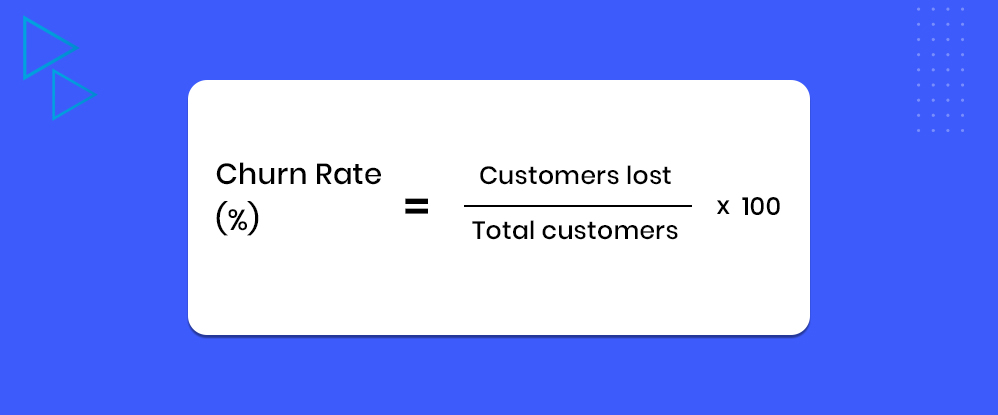
The Churn Rate Formula: (Number of Customers lost in a specific period) / Total Number of Customers at Start of the period = Churn Rate)
Churned Customers: Customers at the start of the period – (Customers at the end of the period) + New customers acquired in that period
For example: If a D2C brand has 1000 customers at the start of a month and lost about 70 customers by the end of the month, then the churn rate would be:
(70/1000) *100= 7%Â
And retention rateÂ
100% – 7% = 93%
Types of Churn Rates
Customer churn that is the percentage of customers that are lost in a given period.Â
Revenue churn is the ratio of revenue lost through customer churn.Â
Voluntary churn is when the customer leaves because they are not happy with the product or have found a better alternative or have different needs now.Â
Involuntary churn is caused because of payment failures and other non-intentional reasons.Â
What is a Retention Rate?
A retention rate is the opposite of a churn rate, it measures the number of customers who are with your brand in the said period. The higher the churn rate, the more successful it is.
Calculation for Retention RateÂ
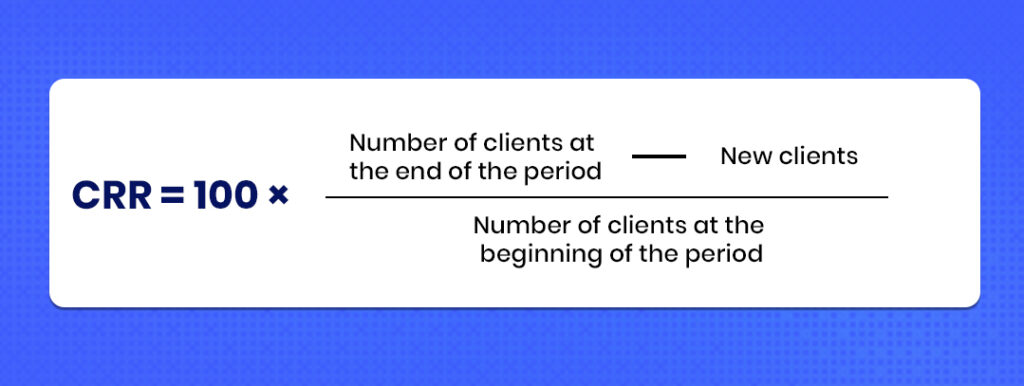
The Retention Rate Formula: (Number of customers at the end of the period – new customers acquired)/ Total number of customers at the start of the period multiplied by 100
For Example, if the D2C has 1000 customers at the start of a month, gained 200 new customers, lost 100 customers, and ended up with a total of 1100 customers at the end of the month. Then the retention rate would be:
(1100-200)/1000= .9 x 100 = 90%
And the Churn Rate BecomesÂ
100% – 90%= 10%
Churn Rate vs. Retention Rate: Key DifferencesÂ
High rates: A high retention rate indicates customer satisfaction and effectiveness of marketing strategies and increased ROI. A high churn rate, on the other hand, indicates that the brand is losing customers frequently. A high churn rate can turn costly for the brand due to the expenses of refining marketing strategies for acquiring new customers. Lower the churn rate, the better it is.Â
Low rates: Low retention rate indicates unhappy customers and low ROIs and a low churn rate means that your business strategy is on the right track and you should see the benefits in profits and more customers.Â
Here is an example:
If you spend â‚ą100 on advertisement for new customer acquisition and one customer pays your â‚ą50 a month, then you will need the customer to stay with you for 2 months to break even on the investment and then another month to show profit.Â
Benefits of Low Churn and High Retention Rates in D2C Business
- A low churn rate and high retention rate mean that your business has found its niche and is successfully ruling it.Â
- You can accurately predict future revenue.
- You can plan on innovation and expansion to keep the customers and attract potential customers.Â
- You can make confident investments in the future of your company.Â
- It increases the odds of maintaining the net revenue retention rate.Â
Hence, it is important to keep track of churn rate vs retention rate for a D2C business and remember them like the back of your hand.Â
What is a Good Churn Rate for D2C Brands?
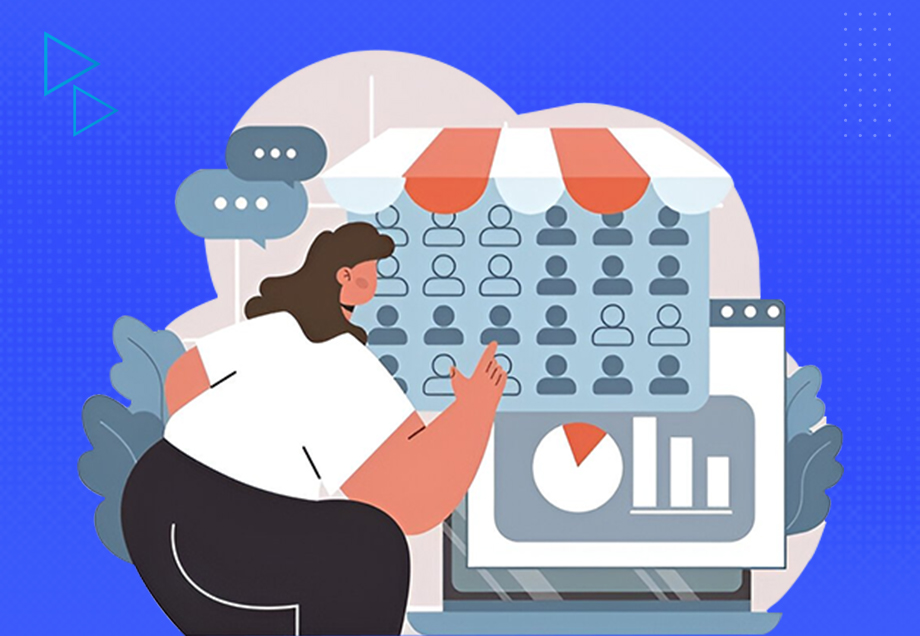
In the first year, the churn rate for D2C brands can be anywhere between 3-7%, and the goal should be to keep it below 5% in the coming years. New businesses typically have a lower retention rate, but with good practices, it increases to an average of 90%. There is no universal benchmark for churn rate in D2C; the numbers vary from industry to industry, product or service type, and business model. In a general guideline:
- Subscription-based D2C (such as meal kits, beauty boxes): 5%-10% monthly churn.
- E-commerce D2C (one-time purchases or non-subscription models): 20% to 40% of annual churn.
- Digital services and Apps (such as fitness, software subscriptions, gaming apps, etc.): 3% -8% monthly churn.
Why should D2C Brands care about Churn Rates (Monthly, Annual, and Yearly)?
can have a significant impact on D2C Businesses.Â
Here is why:
Customer Acquisition Costs (CAC) vs. Customer Lifetime Value (CLV)
Retaining the customer is less costly than acquiring a customer. A new customer can cost the company 5x more than retaining an existing one. A high churn rate increases the marketing and sales costs and a lower churn rate increases Customer Lifetime Value to maintain growth.Â
Customer and Brand Loyalty and SatisfactionÂ
When customers are dropping out frequently, it signals a problem with customer satisfaction, product quality, pricing, or customer experience. High retention rates build brand advocacy and encourage repeat purchases.
Revenue Stability and Growth
A high customer retention is directly related to increased revenue growth. High churn rates lead to revenue fluctuations, loss of valuable customers, and difficulty in financial forecasting. A loyal consumer base lowers the churn rates which ensures consistent business growth.
Factors that cause High Churn Rate in D2C Business

- Poor customer service and experienceÂ
- Low Product Quality
- Superior Offers and Value by competitors
- Ignoring onboarding of customers
- Not aligning product/service with customer expectationsÂ
How to Reduce Churn and Improve Retention Rates for D2C Brands?
Improve Customer Onboarding
By providing tutorial videos, FAQs, guides, welcome emails, etc., to new users for seamless onboarding.
Hyper-Personalize Experiences
By using AI and AR tools to collate customer data and implement tailored product recommendations, loyalty programs, and exclusive offers.
Work on Improving Product Quality and Customer SupportÂ
Use AI chatbots, email, or phone to enhance customer support. Take regular customer feedback to address complaints and refine product offerings quickly.Â
Leverage Data Analytics
To track churn patterns and their reasons. Include exit surveys to understand the reasons for the churn.
Implement a Win-Back Strategy
To improve the retention rates through re-engagement emails and messages with special discounts, and time-sensitive incentives for returning customers.
Reduce Involuntary Churn
By ensuring that there are multiple payment methods active on your channel to reduce churn because of failed transactions.
Conclusion
Churn rates and retention rates are two key metrics for D2C brands. By keeping churn on the low and retention on the high is the key to long-term success. A declining churn is a clear indicator of a good product-market fit. By optimizing customer experiences, improving products, implementing win-back strategies, and focusing on building a loyal community, D2C brands can lead the path to sustainable growth and higher profits.Â
Read Also: What is Quick Commerce: How it’s Changing the Customer Behavior?
Written By – Amit Bhateja
Amit Bhateja is the co-founder of enrcloud and helping brands and Unicorns from the last 15+ years and overachieve their Engagement and Retention goals. He is passionate about solving customer problems with modern technology, new age solutions, and consultancy approach. Besides Building ENR, He enjoys reading books, spending time with his family and Teammates, traveling, meeting new people, learning new things, and love to close the business deals.
